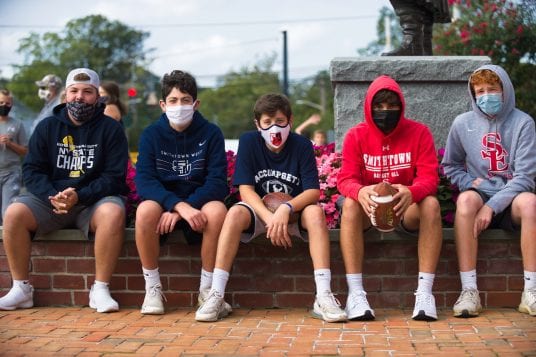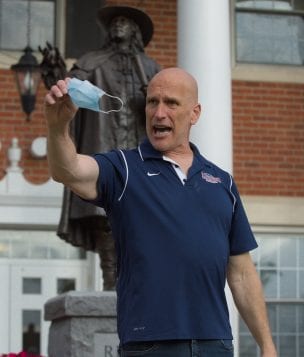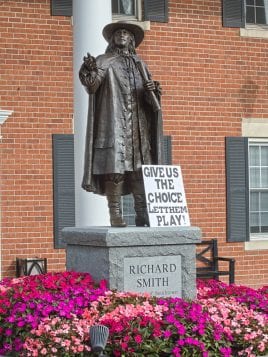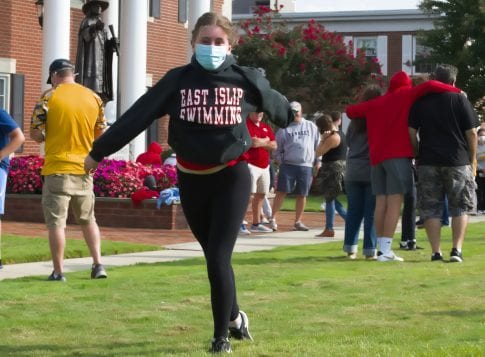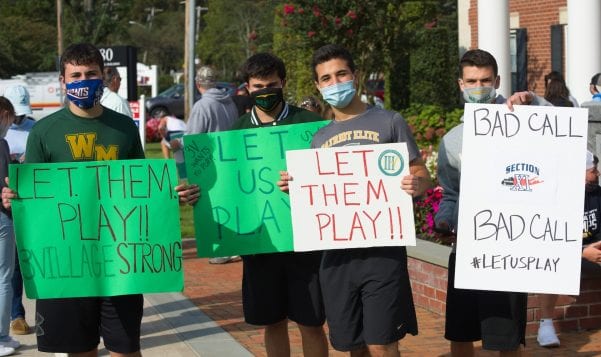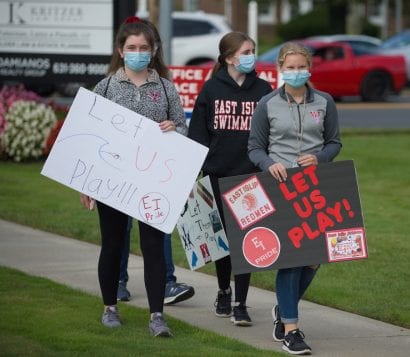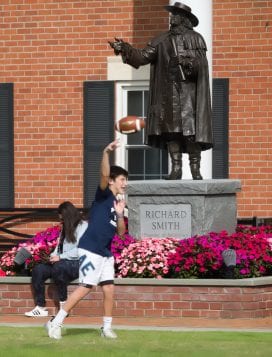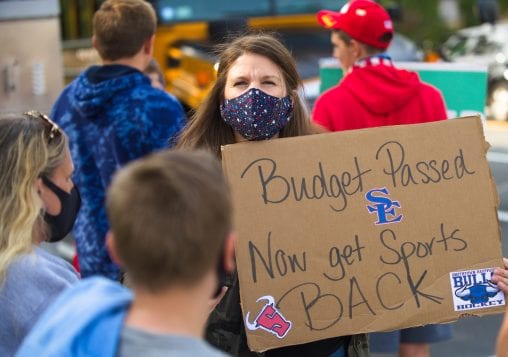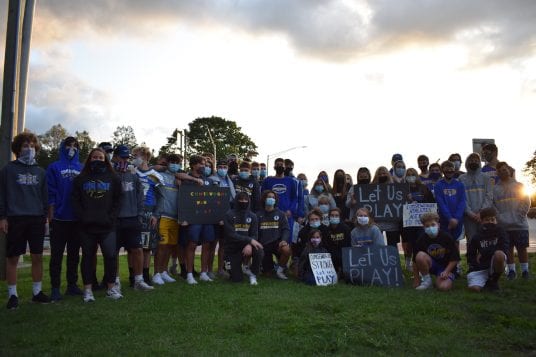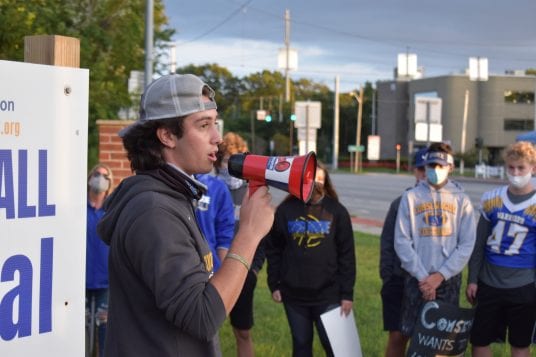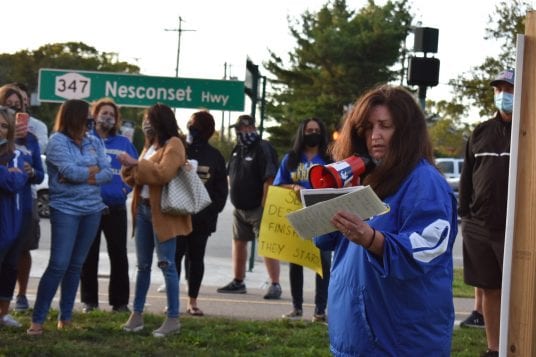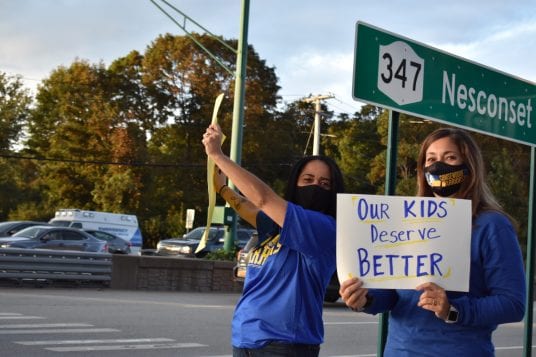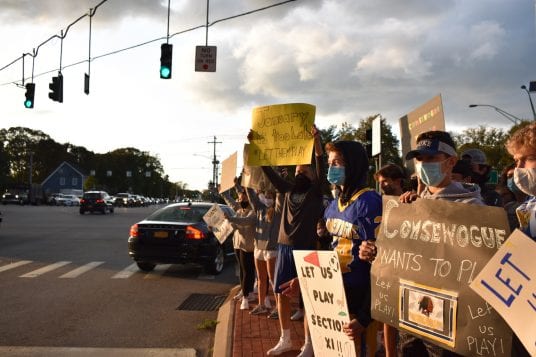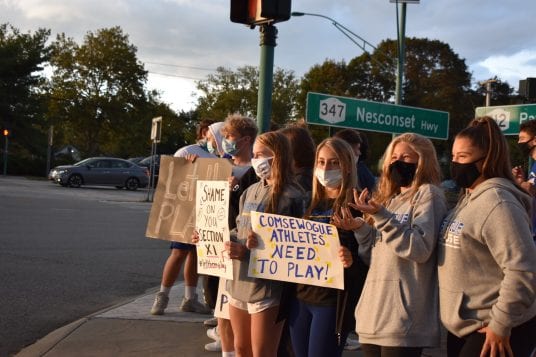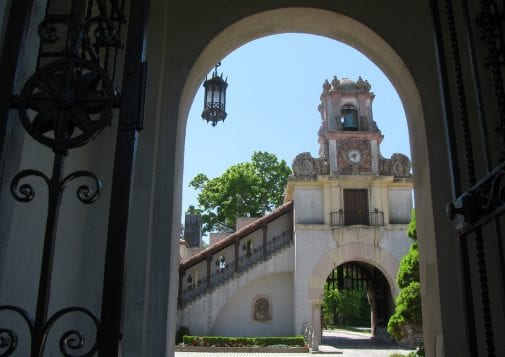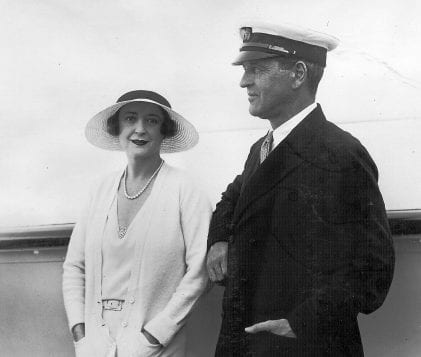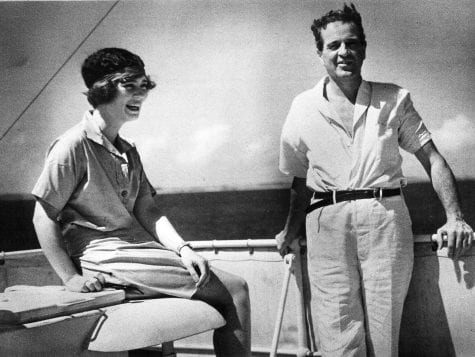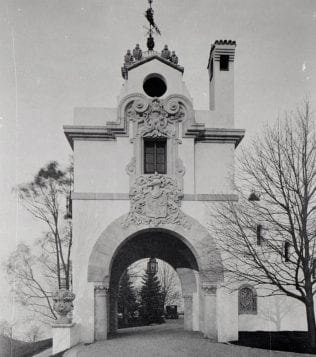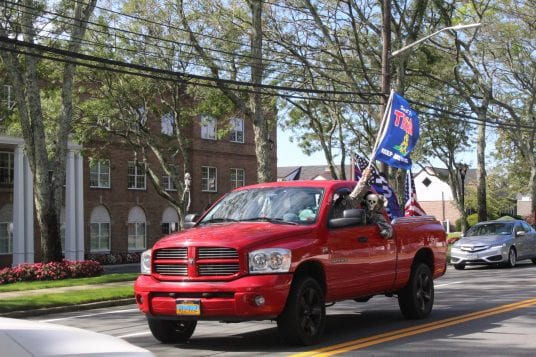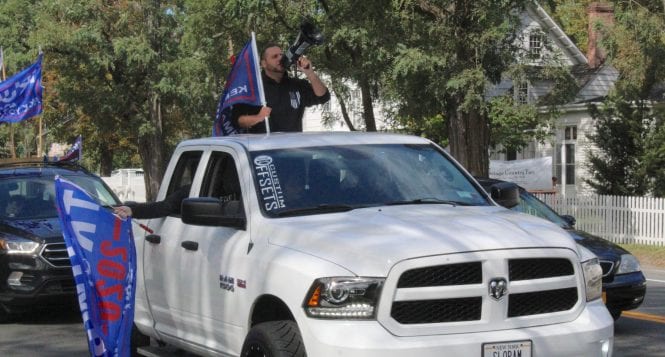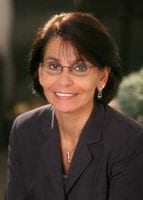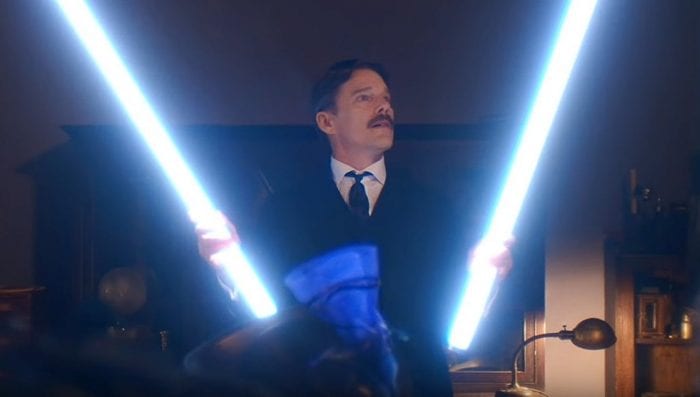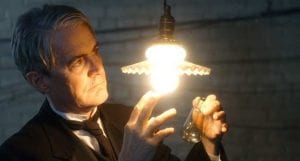By Leah S. Dunaief

Half a year in, how are things going?
There are signs of normalcy returning. The world outside the home is slowly coming back to life. I just returned from the first general membership meeting of a local chamber of commerce that was held in person for the first time in six months and not via Zoom.
I must say, it was wonderful to see people whom I routinely work with in three dimension. We all felt like hugging, but we didn’t. We stayed apart and we were outside, under a three-sided tent. By having the fourth side open, the meeting qualified as “outside.” So we sat at picnic tables, four apiece, or stood outside the tent, and we wore our masks, which we intermittently unhitched as we sipped our coffee graciously supplied by Starbucks. And we got some real business accomplished even as we enjoyed the new reality of it.
New stores and businesses are opening. Three cheers to those optimists who are starting up during a pandemic-caused recession. Clearly they feel the time is right for them. There were over half a dozen that just joined the chamber, some of them pivoting from their prior businesses that did not sustain them. Owners of established stores in Port Jeff Village were looking better than glum.
Children are receiving some combination of regular education, in person and remotely, which makes them and their parents and teachers a lot happier. Restaurants have largely managed to survive thanks to outdoor dining and curbside pickup, but now their owners worry about the coming colder weather. Outdoor heaters will be allowed, a la Paris, with appropriate permits from local fire department officials to ensure safety. Shoppers with masks and hand sanitizers are routinely grocery shopping. Following medical guidelines, we have learned how to cope in such situations.
A few residents are even taking vacations to destinations mainly within driving distance.
As we wait for vaccines and anti-COVID medicines, we seem to have come to some semblance of equilibrium with the virus. Of course we are greatly helped in this by the low numbers of those falling ill in New York.
That is not to say that we have forgotten the thousands who have died or their families who will suffer the pain of their loss for a lifetime. Nor do we disregard the many unemployed and the men, women and children on food lines. So many people are holding their breaths with rent coming due and monthly bills to be paid, yet there is no Congressional relief funding in sight.
Churches and community organizations have mobilized to offer food. Local governments have stepped into the breach, and to some extent, offered financial help. The U.S. Small Business Administration and regional banks have also provided low interest financing. Nonetheless, for some there is true panic. And for many, salaries, hours of work and budgets have been reduced.
Behind the scenes, we at the newspaper and website offices are busy at work. We believe the latest relevant information we bring to the public and the sense of community that is defined by functioning local media are essential to coping in these unprecedented times.
While our offices continue to be closed to the public, we still maintain our five-day, 10 a.m. to 4 p.m. hours. Some of our staff work remotely part or all of the time, and unwillingly we have thinned our ranks. We can be reached by every sort of communication: telephone, email, texting, Facebook and just by knocking on our door. If the purpose for your visit is compelling enough, we will let you in, as long as you are wearing a face mask and that you maintain correct social distancing.
As we support our communities, we offer our resources and help to you, our readers and advertisers. For example, for several months we have run lists of restaurants open for curbside pickup and of other essential businesses open to the public at no charge. If we can help you with our communications platforms, please just ask us. If it is possible for us to do so, we will.
Even as we struggle to survive, we are committed to serving you.


